The high-tech intermediate in intelligent lightweight construction is the ideal wing for pilots with clearly set goals.
Anonymous
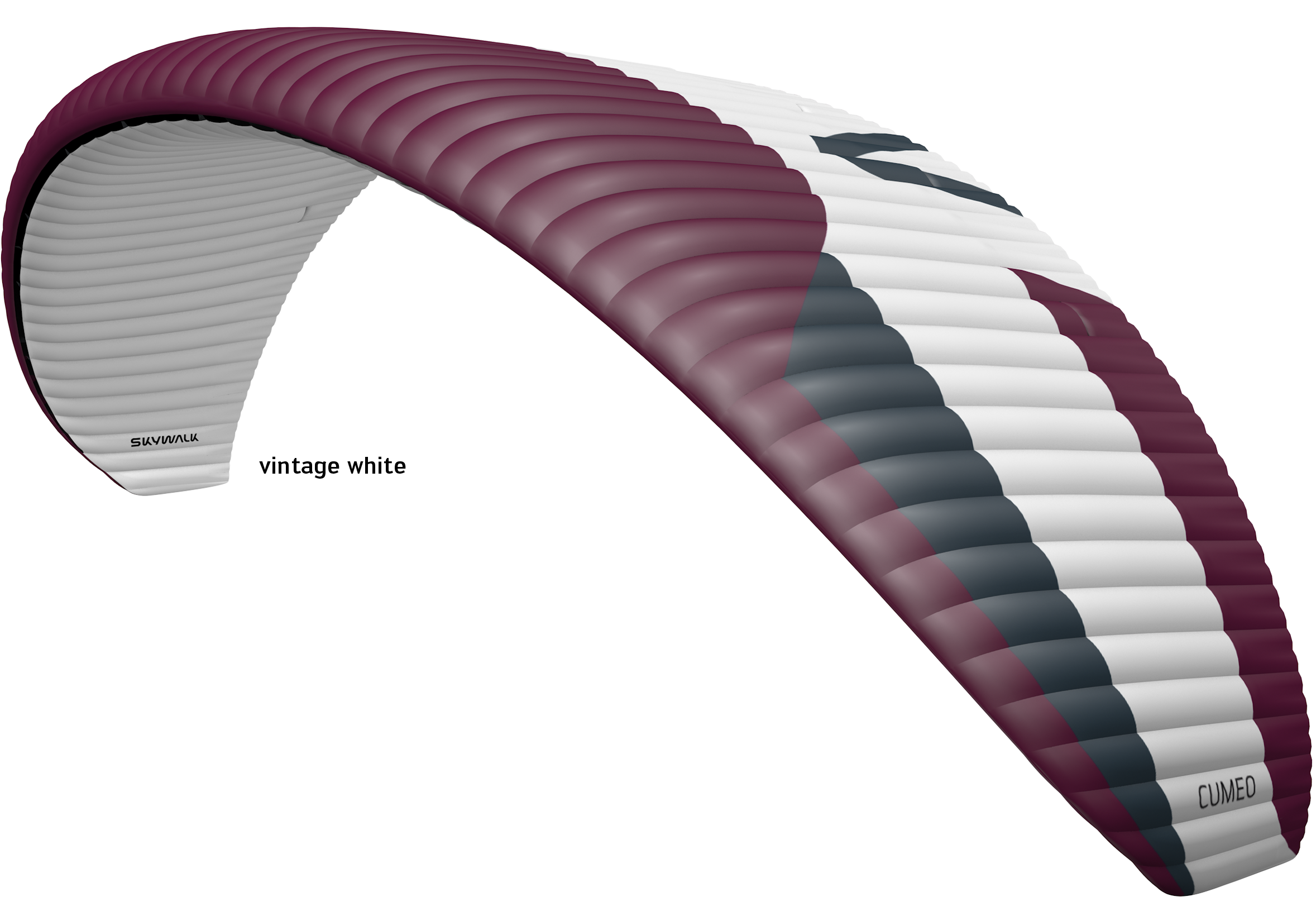
|
| More performance for your goals. |
More performance for your goals.
The CUMEO2 is a high end intermediate wing designed for performance- and weight-oriented pilots with clearly set goals.
Its intuitive flight behavior and high level of flying comfort quickly create trust between pilot and paraglider. This makes it easier for you to find the core precisely and fly efficiently from thermal to thermal. The glider’s already high level of performance can be extended with the SPEED CONTROL. When flying on bar, you can effectively control your angle of attack effortlessly via the rear risers and significantly improve your average speed. This powerful, XC-trimmed high-B wing will let you enjoy high flying pleasure over long distances.
Its lightweight construction conserves your energy while climbing on your Hike&Fly tours or early launches – before the cable bar opens. Therefore the CUMEO2 is your ideal travel companion – no more limits to your goals!

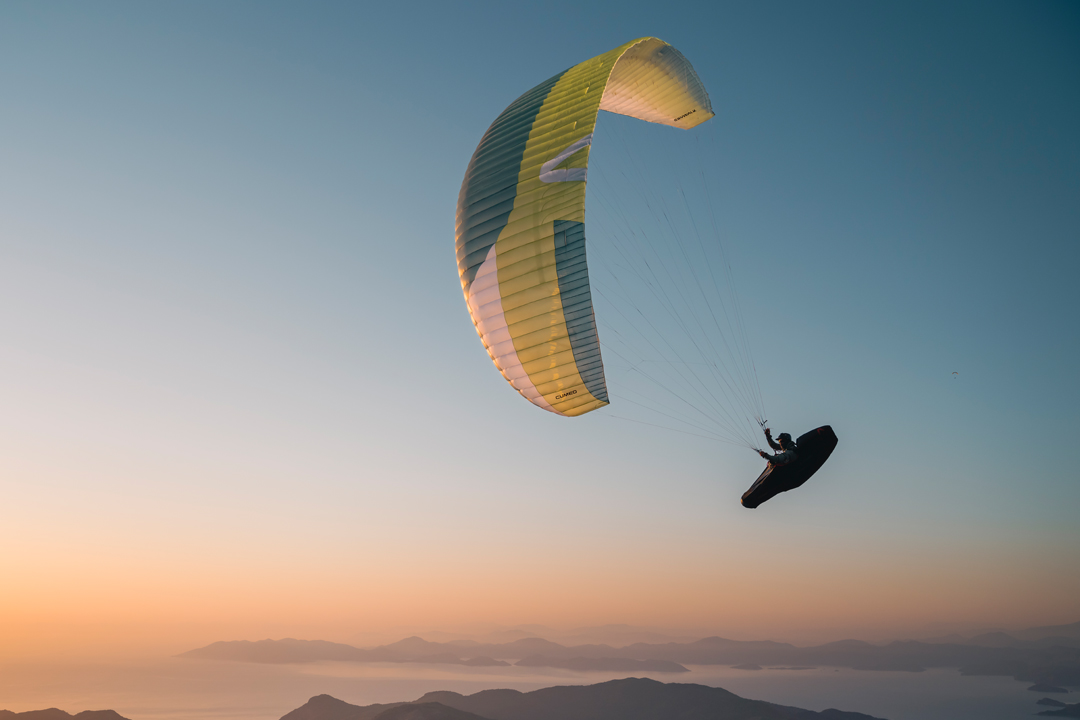


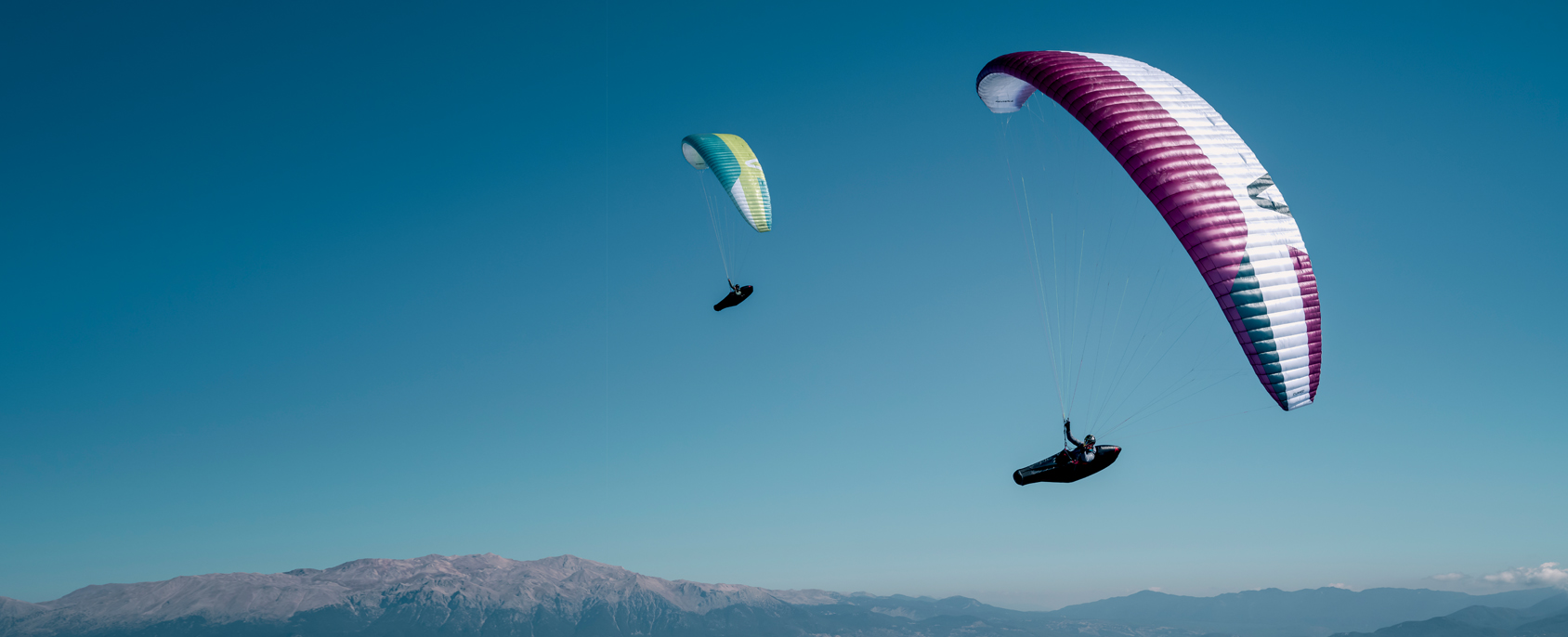
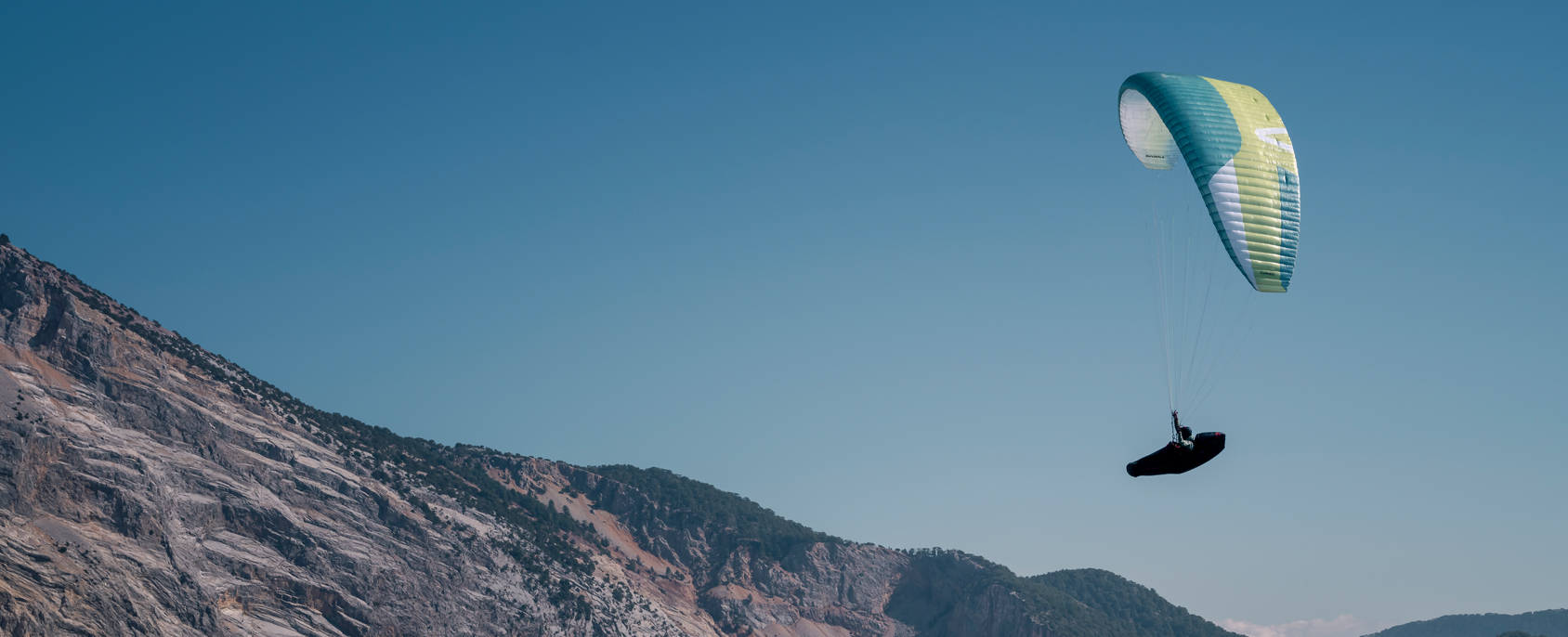
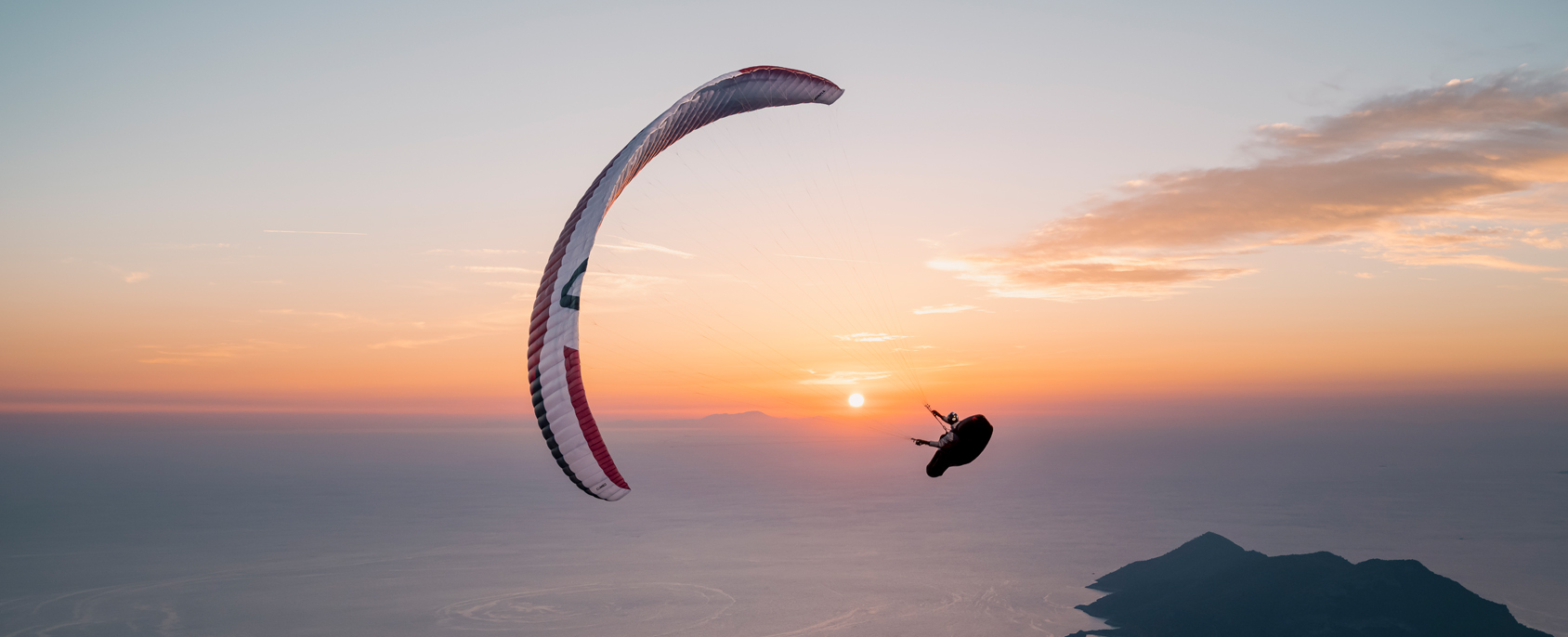

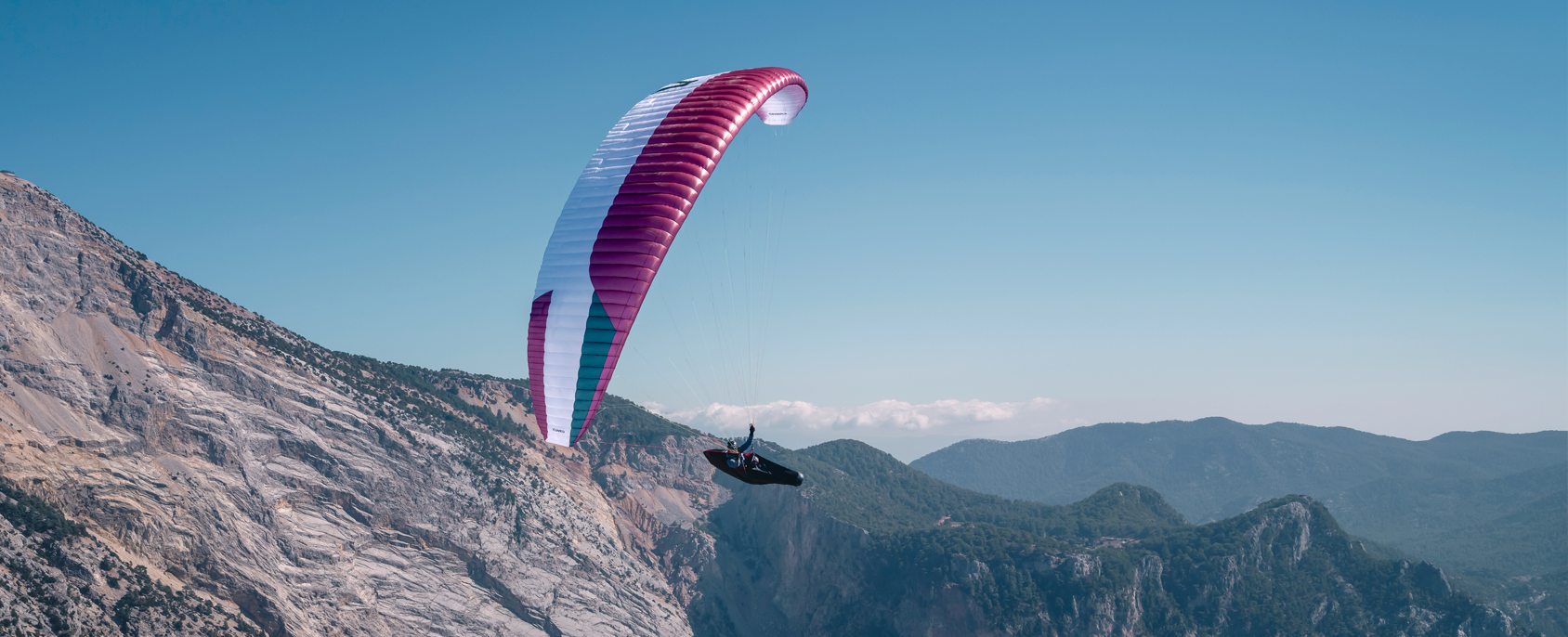
HOW DOES THE CUMEO FLY?
The CUMEO’s narrow, dimensionally stable risers and the user-friendly line setup ensure easy ground handling. In addition, internal seams on the mini-ribs increase the robustness and durability of the glider – clear advantages during ground handling and launch preparation.
The canopy gives clear feedback to the pilot – providing lots of confidence so that you feel comfortable immediately. The CUMEO2 takes thermals well, is extremely easy to center and climbs quickly. Brake impulses are converted directly. Control travel and braking forces are tuned to the requirements of thermal and XC pilots. The result is precise and fatigue-free handling.
In turbulent air, the CUMEO2 gives enough feedback to avoid canopy disturbances right from the start. This increases safety and keeps you flying on course.
SPEED CONTROL offers you an additional boost to the glider’s already high efficiency. On bar, you can control the angle of attack via the rear risers and increase your average speed to the maximum..
What advantage does the SPEED CONTROL system offer?
With the SPEED CONTROL system you can compensate for turbulence while flying on bar, change your angle of attack, adjust your speed and make directional corrections without having to step out of the speed bar. This enables a very efficient and fast flying style. The SPEED CONTROL steers the C- and B-risers simultaneously to avoid performance decreasing deformation of the glider, which would happen if you only pulled on the C-risers.
What should I pay attention to when using the SPEED CONTROL?
- Only pull so far that the shackles on the rear riser don’t drop below the line shackles on the A-riser.
- Make sure that the C-riser is not pulled down individually, it is essential that the entire system is actuated.
- At trim speed the SPEED CONTROL may only be used as an emergency control. Under no circumstances should the SPEED CONTROL replace the brake handles!
Is the deterioration on light-cloths higher than on a regular glider cloth?
Light-cloths are thinner than conventional glider-cloths and therefore less resistant against mechanical strain. That means you need to pay more attention on small rocks and bushes. Please avoid any unnecessary contact to the ground. With this strict observance you will have the same durability as with a conventional glider-cloth.
What are the glide ratio (L/D), trim and maximum speeds?
We know that these data are interesting for you as a pilot, but for us to publish them would be a bad idea for the following reasons:
- Performance data are highly dependent on the drag of the pilot and are therefore related to sitting position and harness. The difference between aerodynamically favorable and unfavorable harnesses and sitting positions can be as much as a whole L/D number.
- Performance increases with the size of the glider. A large glider will always outperform the same glider in a smaller size. So a question about the performance of a glider is always also a question about the size.
- There is no normed method of testing the performance of paragliders. For example, speed varies with altitude and the associated different air pressure, but also with the total weight of the system. That means that there simply isn’t THE speed or THE L/D that would allow a serious comparison with another glider. Performance data are dependent on the harness, the size of the glider, on the air mass and the total weight.
How do I calculate my take-off weight?
Takeoff weight is calculated by adding the weight of the pilot including clothes to the weight of the equipment. The equipment consists of the harness, the reserve chute, the paraglider itself, and any flight instruments and other baggage you may carry (e.g. rucksack, etc.).
Is it OK for me to shorten the brake lines on my skywalk paraglider?
Changing the length of the brake lines can have a negative effect on the flying characteristics and extreme flight behavior. The paraglider needs a little more lead when flying on speed bar, otherwise the glider could be braked unintentionally, leading to a loss of performance. When performig extreme flying maneuvers, shortening the brake lines too much can cause complications during recovery from collapses, parachutal stall, etc.
Am I allowed to make modifications to my skywalk paraglider?
No, because the glider is certified the way it is delivered to you. Even the brake line length is part of the trim and must not be changed.
Do the nylon wires in the glider nead any special attention or packing method?
Our nylon wires are flexible and kink resistant, so they won’t break under normal circumstances. But due to the packing volume it is a good idea to lay the Rigid Foils in the leading edge on top of each other on both sides.
TWhat are JET FLAPs and how do they work?
JET FLAPs are a so-called split flap like those seen on a large airplane. When the glider is braked, the airflow is routed through the glider, restoring smooth airflow. This extends brake line travel and softens the stall behavior.
What advantage do the JET FLAPs on my skywalk paraglider offer?
Lower flyable minimum airspeed. The speed range is wider and easier to control. The pilot has more time to react when flying near the stall point.


